I found this question very interesting, so I did a SPICE simulation. (Sorry for not using the design tool of this site, but I needed a bit more control over the simulation...)
I placed 6146 resistors of 1 Ohm horizontally and vertically on a grid, as shown below. (The red part is shown magnified in the middle)
At the bottom, there's a 1V voltage source connected to the lower ends of the vertical bars.

Voltage distribution
The SPICE simulation calculates the voltage at each node, and the voltage distribution looks like this:
To see more details, I used a rotating HSV color scheme where colors are repeated. The voltage difference between two neighboring areas of same color is 50mV. The faster the colors change, the higher the voltage gradient and so the current is.
Current distribution
From the voltage distribution one can calculate the current flowing out of each node into the connected resistors:
From this picture, it's already clear that there is a higher current density at the "inner" corners and a lower current at the "outer" corners. However, to see more details, I once again used the other color scheme, where the current difference between two neighboring areas of same color is 4mA.
If we have a look at the current profile along the dotted lines in the plot above, we get this:
While the current is more or less constant (~3.5mA) over the entire width of the track along the horizontal and vertical line, it is almost three times as high at the inner upper right corner and falls to almost zero to the outer corner.
